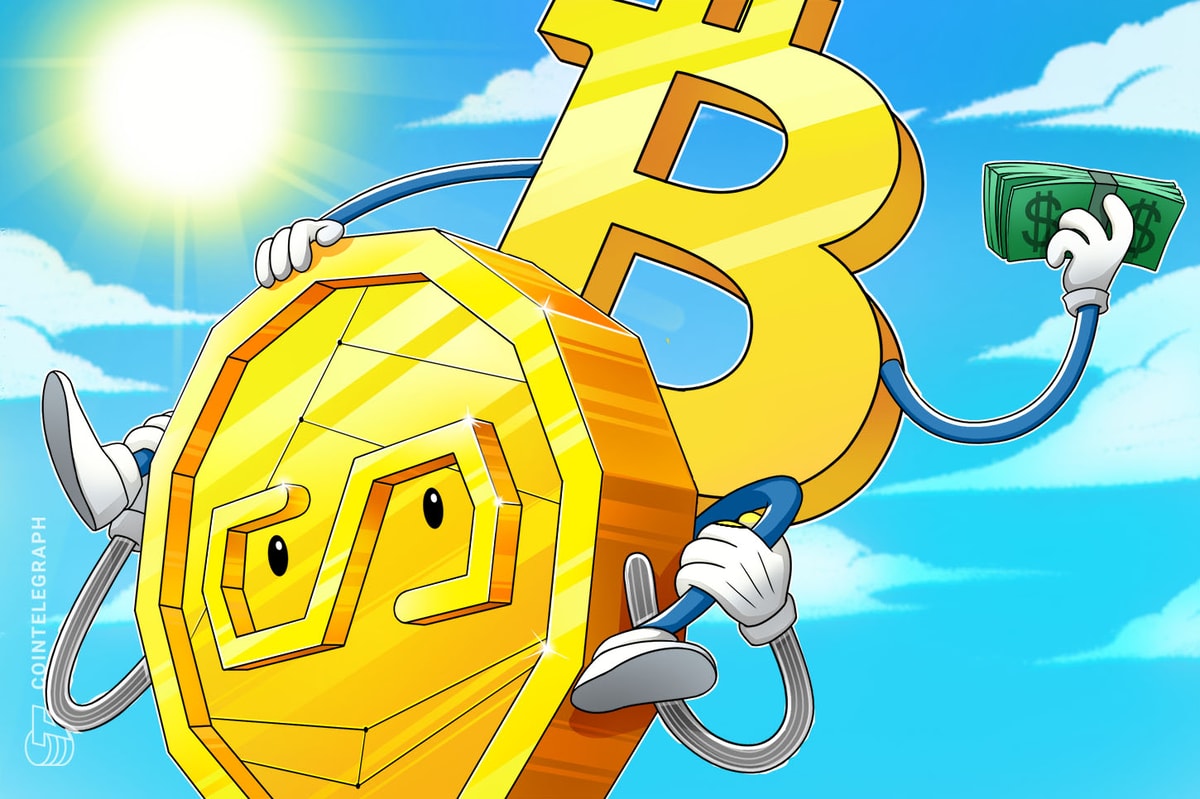Anza Network is set to roll out updates to fix the recent congestion issues on the Solana blockchain.
“The short version is: significant progress has been made to overcome the current congestion challenges, and we expect to begin releasing fixes next week,” the Solana-focused software development firm confirmed. “In collaboration with other core contributors, we have analyzed the root cause, and evaluated several potential changes.”
The latest development comes in the wake of Solana network congestion incidents, marking the second such occurrence within a 48-hour span that has led to transaction delays and failures for Solana users.
Anza, on Friday, April 5, blamed the cause of the congestion on a combination of QUIC implementation issues and the behavior of the Agave validator client.
Anza engineers, along with other core contributors, are making concerted efforts to diagnose and rectify these bottlenecks.
The latest measures are part of a series of improvements that are expected to unfold over the coming months to boost Solana’s network efficiency.
The urgency of the issue was underscored by an alarming trend on April 4, when Solana experienced a failure rate of 75% for all non-vote transactions amid a surge in network activity, as per Dune Analytics. The spike was largely attributed to the growing interest in meme coins on the platform.
The high failure rate has sparked a debate within the Solana community, with many expressing dissatisfaction over the worsening service quality.
Helius CEO Mert Mumtaz, a notable Solana proponent, offered a perspective suggesting that the issue of transaction failures was exacerbated by “bot spam,” rather than an inherent network instability affecting genuine user transactions.
Mumtaz’s claim sheds light on the challenges facing Solana, which have been exacerbated by the blockchain’s popularity, especially in the context of meme coin transactions.
The network’s congestion issues have also caught the attention of Fantom creator Andre Cronje, who has shown support for the Solana network, emphasizing that the current challenges stem from the network’s rapid growth and increased demand for block space.
He characterized these issues as technical hurdles, distinct from flaws in the network’s consensus mechanism, and described Solana as a “victim of its own success.”
This is not the first time Solana has gone down. A notable downtime occurred in early February when its main network stopped processing blocks for more than five hours.
From January 2022, the blockchain has faced roughly six major outages and 15 days with either complete or partial service interruptions.
Anza’s postmortem report of the February outage revealed a bug in Solana’s Just-in-Time (JIT) compilation cache as a contributing factor.
The latest network congestion issues have exerted a negative impact on Solana. The price of SOL has fallen by 10% in the past week and is currently trading around $177.

Following the weekly decline, SOL has also reverted to its position as the fifth-largest cryptocurrency by market capitalization (78.4 billion), as reported by CoinMarketCap.
Read More: crypto.news









 Bitcoin
Bitcoin  Ethereum
Ethereum  Tether
Tether  XRP
XRP  Solana
Solana  USDC
USDC  Dogecoin
Dogecoin  TRON
TRON  Cardano
Cardano  Lido Staked Ether
Lido Staked Ether  Wrapped Bitcoin
Wrapped Bitcoin  Hyperliquid
Hyperliquid  Sui
Sui  Wrapped stETH
Wrapped stETH  Chainlink
Chainlink  LEO Token
LEO Token  Avalanche
Avalanche  Stellar
Stellar  Bitcoin Cash
Bitcoin Cash  Toncoin
Toncoin  Shiba Inu
Shiba Inu  USDS
USDS  Hedera
Hedera  Litecoin
Litecoin  WETH
WETH  Wrapped eETH
Wrapped eETH  Monero
Monero  Polkadot
Polkadot  Binance Bridged USDT (BNB Smart Chain)
Binance Bridged USDT (BNB Smart Chain)  Ethena USDe
Ethena USDe  Bitget Token
Bitget Token  Pepe
Pepe  Coinbase Wrapped BTC
Coinbase Wrapped BTC  Pi Network
Pi Network  WhiteBIT Coin
WhiteBIT Coin  Aave
Aave  Uniswap
Uniswap  Dai
Dai  Ethena Staked USDe
Ethena Staked USDe  Bittensor
Bittensor  OKB
OKB  Aptos
Aptos  NEAR Protocol
NEAR Protocol  Cronos
Cronos  BlackRock USD Institutional Digital Liquidity Fund
BlackRock USD Institutional Digital Liquidity Fund  Internet Computer
Internet Computer  Jito Staked SOL
Jito Staked SOL  Ondo
Ondo  Ethereum Classic
Ethereum Classic